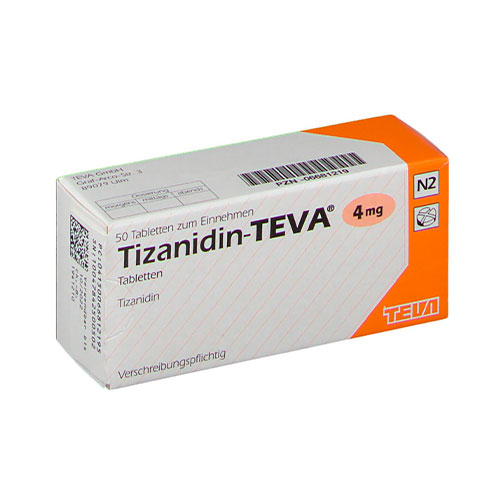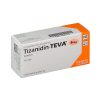Zanaflex ( Tizanidine)
$69.00 – $113.00
Discover the powerful benefits of Zanaflex (tizanidine), a leading muscle relaxer designed to effectively manage muscle spasticity associated with conditions like multiple sclerosis and spinal injuries. Ideal for those seeking relief from muscle tightness and spasms, Zanaflex works by blocking nerve signals to ease discomfort and improve mobility. With a proven track record backed by clinical studies, Zanaflex offers a targeted approach to muscle relaxation that outperforms many other treatments.
Experience significant reductions in muscle pain and enhanced daily functioning with the correct Zanaflex dosage for back pain. Be informed about Zanaflex side effects and how to safely combine it with other treatments, ensuring optimal results with minimal discomfort. Whether you’re dealing with chronic conditions or acute episodes, Zanaflex provides a strong, effective solution to muscle spasticity, helping you regain control over your body and life.
Consult your healthcare provider to see if Zanaflex is right for you and start on the path to better health and improved mobility. Trust Zanaflex to relax your muscles and soothe your pain, making every day more manageable and enjoyable.



Hailie –
The customer service is very friendly and useful. Definitely recommend.
Orval –
Receivable support and reliable quality. Good choice to shop from here.
Marilyne –
Really recommend
Christiana –
Thank you guys for fast delivery and support!
Gus –
This is a great pharmacy, fast delivery and good customer service.
Electa –
It’s far better than those similar products, while the price is still acceptable.